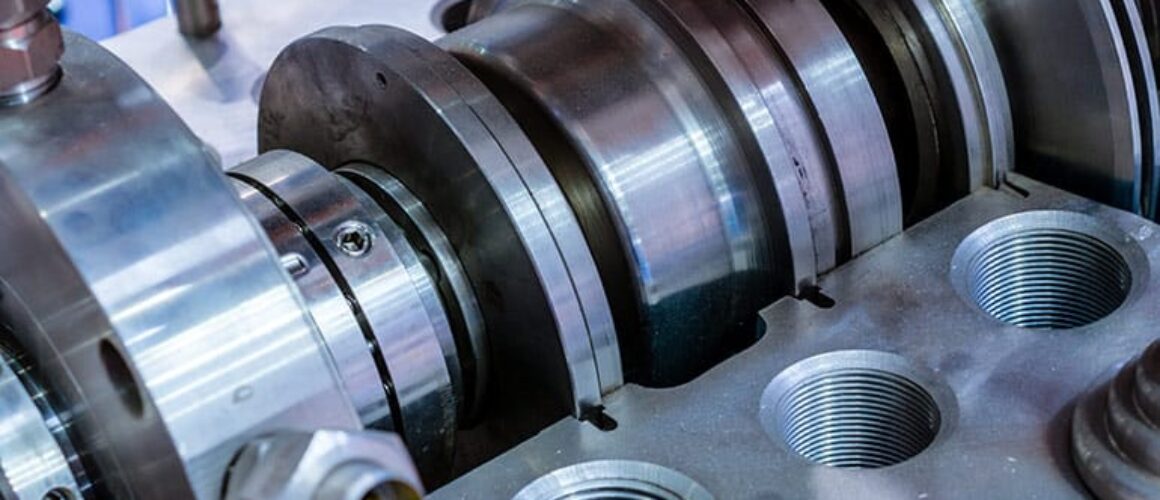What Sets Static and Dynamic Seals Apart?
O-rings are widely used as a sealing solution because of their efficiency, and affordability to prevent the leakage of fluids or gases between stationary and moving components. The key difference lies in their application, whether they are used in sealing off surfaces that are static (at rest) or dynamic (moving). But other factors influence how these seals are made and what sets them apart from one another.
Let’s look more closely at the small details that make these seals unique and affect how they were made.
- Material Selection
Static Seals:
Lower durometer materials like silicone can be used for low-pressure sealing as they offer a wider temperature range.
Dynamic Seals:
The constant movement demands high abrasion resistance and strength of seals. Materials like Hydrogenated Nitrile or FKM rubbers with low friction compounds become essential for durability. Higher durometers are better for lower friction forces.
- Maintenance Requirements
Static Seals:
Static seals have a longer lifespan since there is no movement, provided that the right material is chosen for chemical and temperature resistance.
Dynamic Seals:
Due to friction caused by continuous movement, dynamic seals have a short life span and thus, require more frequent maintenance to prevent premature failure.
- Gland Design
Static Seals:
They can tolerate higher compression (10% to 40%) due to lack of movement, plus they also have flexibility in gland design.
Dynamic Seals:
To avoid premature wearing out of the material during motion, the compression is limited to 10% -30%.
- Tolerance to Misalignment
Static Seals:
They allow slight misalignments due to their stationary nature while maintaining their effectiveness even with deviations in alignment.
Dynamic Seals:
Dynamic seals are more sensitive to misalignments due to continuous motion. Thus, tight tolerances are crucial to prevent wear and tear and potential seal failure.
- Heat Generation
Static Seals:
They are better suited for applications where heat generation is minimal or intermittent.
Dynamic Seals:
Friction leads to heat generation between the surfaces. Thus, dynamic seals are designed in such a way that they can easily dissipate heat during constant motion so that it doesn’t affect the seal material and lead to premature system failure.
When picking out the right O-ring, motion is a very important factor. But it’s also very important to think about things like the material choice, the amount of upkeep needed, the design of the glands, how much error is acceptable, and how much heat is produced. Understanding these things helps ensure these little rings do big jobs effectively in all kinds of situations.


